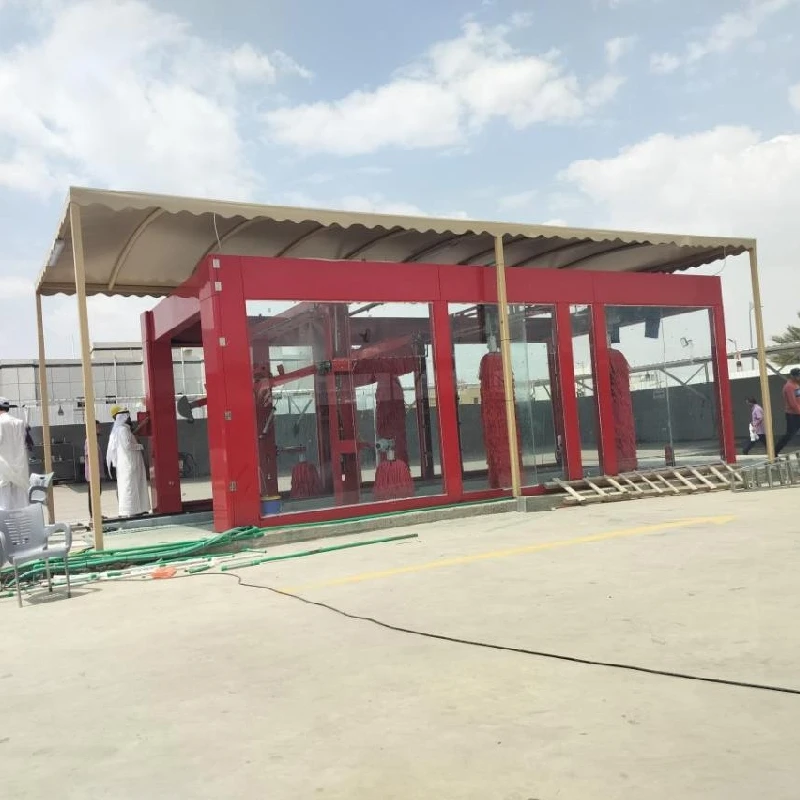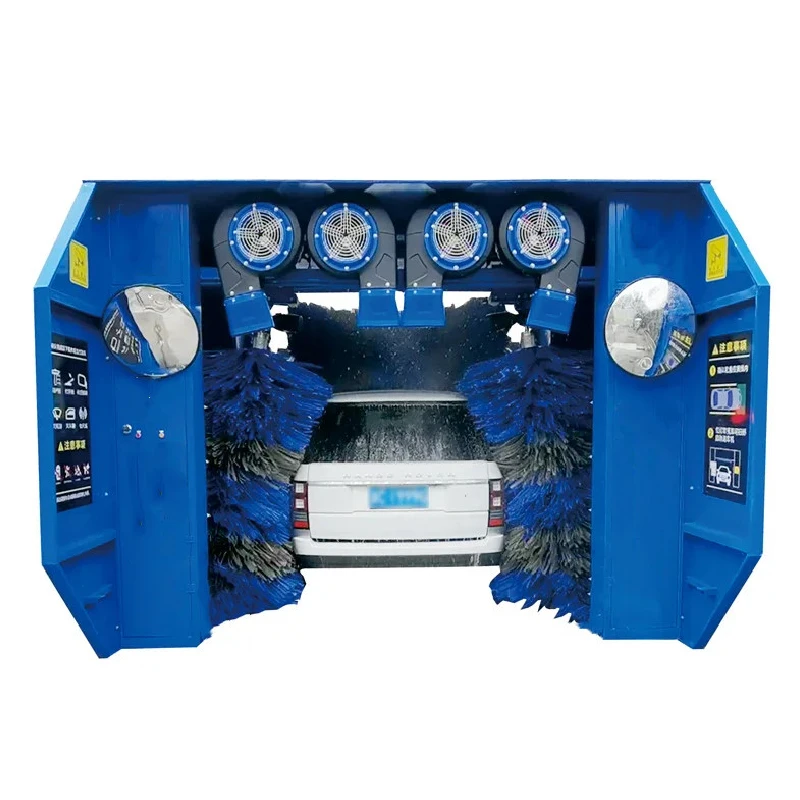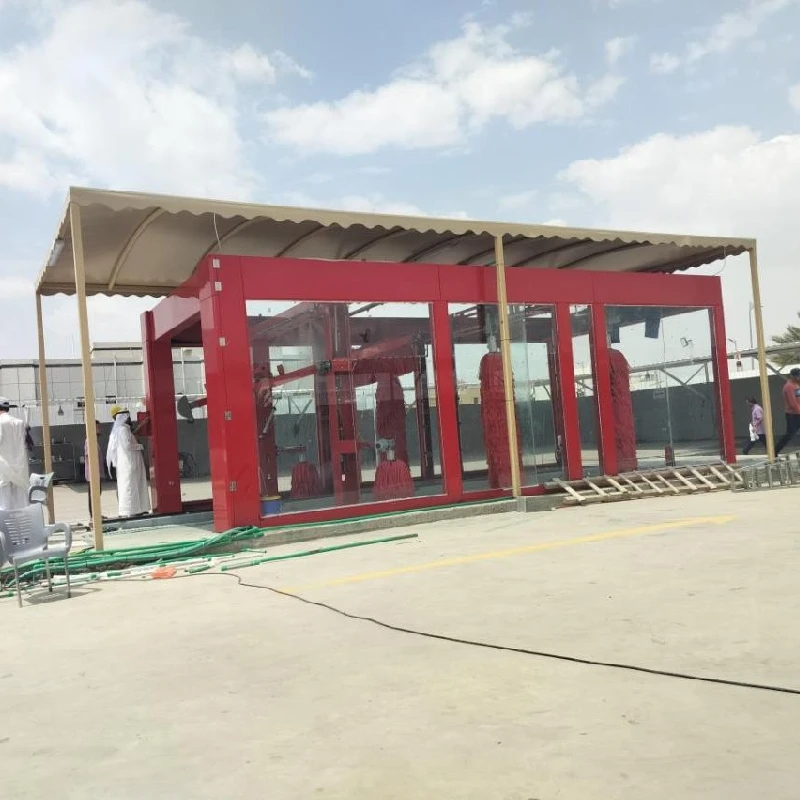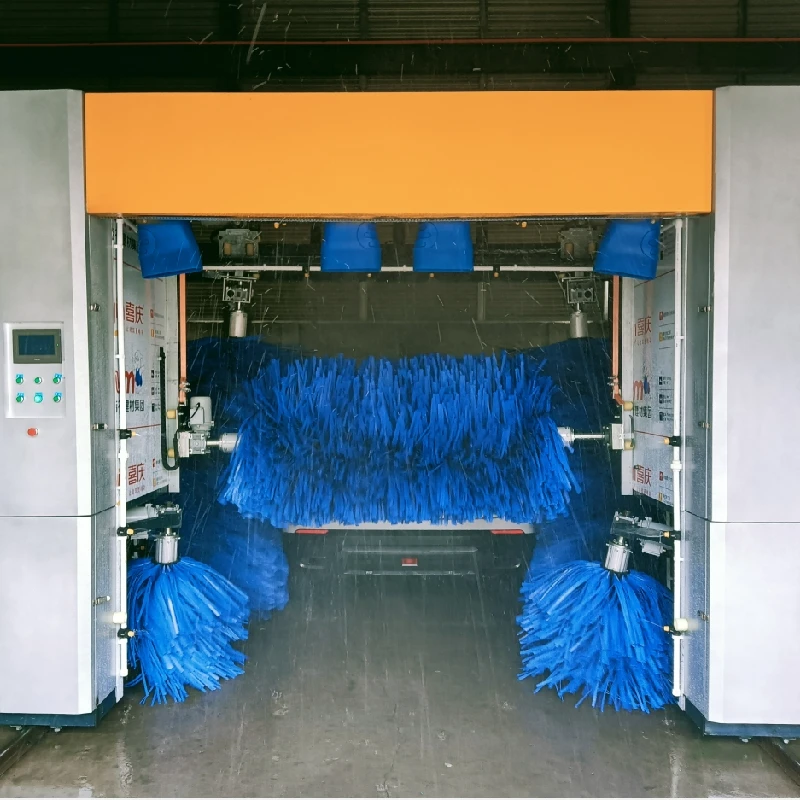Car Wash Tunnel Design to Maximize ROI & Throughput?
A practical guide to car wash tunnel design in 2025
I’ve walked through more wash tunnels than I can count—steel underfoot, the smell of polymer brushes, the hush of VFD-driven pumps spooling up. The big story this year? Reliability and water accountability. Operators want speed without the drama, and, to be honest, fewer surprises on maintenance.

Trends shaping tunnel choices
Three forces keep popping up in conversations: water reclamation (60–85% recovery is becoming the norm), labor-light layouts (fewer attendants, more sensors), and corrosion control. Many customers say they’ll tolerate a slightly longer cycle if it means fewer breakdowns and cleaner rinse results. It seems that galvanized frames with robust powder coating are having a real moment, largely because total cost of ownership matters now more than ever.
How the DY‑QC‑9 is built (materials and process)
The DY‑QC‑9 Tunnel car washing machine comes out of 27Retail Sales, East Of Fuxin Road, Qiaoxi Area, Xingtai, Hebei, China. The frame uses national standard galvanized profiles and plates. The manufacturing flow is fairly textbook—and that’s good:
- Precision CNC cutting and drilling
- Welding and forming, jig-aligned to control tolerance
- Galvanizing (hot-dip or pre-galv steel), then powder spraying with high-temperature melting paint
- Assembly + electrical integration (PLC/HMI), dry-run testing, and water testing
Real-world use may vary, but this stack—galv base plus powder topcoat—often targets ISO 12944 C3–C4 environments. I guess that’s why many operators report service life in the 8–12 year range with regular wash chemistry checks and bearing care.
Specifications (typical configuration)
| Model | DY‑QC‑9 Tunnel car washing machine |
| Throughput | ≈ 50–80 cars/hour (options and chemistry dependent) |
| Conveyor length | Configurable, around 20–36 m |
| Frame & finish | National-standard galvanized profiles/plates + powder coat (high-temp melt) |
| Brush sets | 5–9 configurable (top/side/wheel) |
| Pumping | Main HP pump ≈ 11–18 kW; VFD control where specified |
| Electrical | 380–480 V, 3‑phase, 50/60 Hz (site-dependent) |
| Controls | PLC + HMI, ultrasonic/photoelectric vehicle sensing |
| Water reclaim | Optional, ≈ 60–85% recovery with proper pretreatment |
| Compliance targets | IP65 enclosures, CE Machinery Directive, UL 508A panel build (region-specific) |
Where a car wash tunnel design like this fits
- High-volume forecourts and C-stores wanting consistent 3–4 minute cycles
- Dealership make-ready lines (paint-safe foam curtains, gentle top brushes)
- Fleet depots and car-rental hubs balancing throughput and water reuse
A Midwest operator told me their downtime dropped after swapping to galv+powder frames—nothing flashy, just fewer touch-ups. Surprisingly, chemistry calibration made the biggest visible difference in drying scores.
Quality checks, testing, and service life
Spec sheets mention salt-spray and coating thickness; in plants I’ve toured, sample coupons are run to ASTM B117, 480–720 h, and powder coat DFT hits ≈ 80–120 μm. Electricals get IP checks and functional tests against IEC 60204-1 practices. With annual bearing swaps, nozzle refresh, and reclaim pit cleaning, 10-year service is very doable.
Vendor landscape (quick compare)
| Vendor | Frame & Coating | Lead Time | Price Band (USD) | Support |
|---|---|---|---|---|
| DY‑QC‑9 | Galvanized + powder coat | ≈ 6–12 weeks | Mid | Factory-direct, regional partners |
| Vendor A (EU) | Stainless or hot‑dip galv | 8–16 weeks | High | Strong dealer network |
| Vendor B (US) | Galv + epoxy/powder | 6–14 weeks | Mid–High | Nationwide installers |
Note: ranges are indicative; site conditions and options change the math.
Customization that matters
With a car wash tunnel design like the DY‑QC‑9, I’d prioritize: bay length vs. target throughput, foam/brush sequence (top-first for SUVs, wheel scrub angle tweaks), chemistry stations (3–5), reclaim filtration stages, and IP65 control cabinets if your site is humid or coastal.
Mini case snapshots
- Hebei dealership: boosted CSI by improving drying arch angle; fewer re-wipes.
- Southeast Asia fleet: reclaimed ≈ 70% water after upgrading pit baffles and dosing.
- C-store chain: standardized PLC recipes; training time dropped by half.
If you’re scoping a car wash tunnel design, test chemistry on real dust, verify panel IP ratings, and ask for coating test data. It’s not glamorous, but it pays back every rainy Saturday.
Authoritative citations
- ISO 1461: Hot dip galvanized coatings — Specifications and test methods. https://www.iso.org/standard/73836.html
- ISO 12944: Paints and varnishes — Corrosion protection of steel structures. https://www.iso.org/standard/74173.html
- ASTM B117: Standard Practice for Operating Salt Spray (Fog) Apparatus. https://www.astm.org/b0117-19.html
- IEC 60529: Degrees of protection (IP Code). https://webstore.iec.ch/publication/2452
- EU Machinery Directive 2006/42/EC. https://eur-lex.europa.eu/legal-content/EN/TXT/?uri=CELEX:32006L0042
- UL 508A: Industrial Control Panels. https://standardscatalog.ul.com/standards/en/standard_508a
-
Car Wash Equipment – Durable, Efficient, Pro-Grade SystemsNewsNov.10,2025
-
automatic car washing machine price list: Fast ROI, Low CostNewsNov.10,2025
-
Car Wash Tunnel Design for High Throughput, ROI & UptimeNewsNov.10,2025
-
Car Wash Tunnel Design | High Throughput & Low MaintenanceNewsNov.10,2025
-
Automatic Car Washing Machine Price List - Fast ROINewsNov.10,2025
-
Car Wash Tunnel Design: High Throughput, Custom & DurableNewsOct.27,2025




